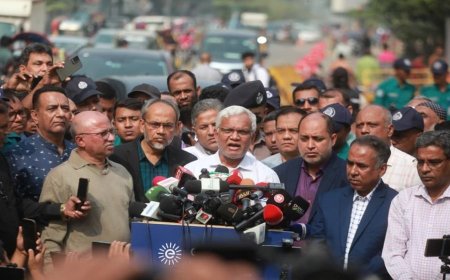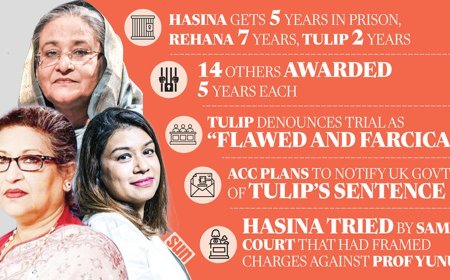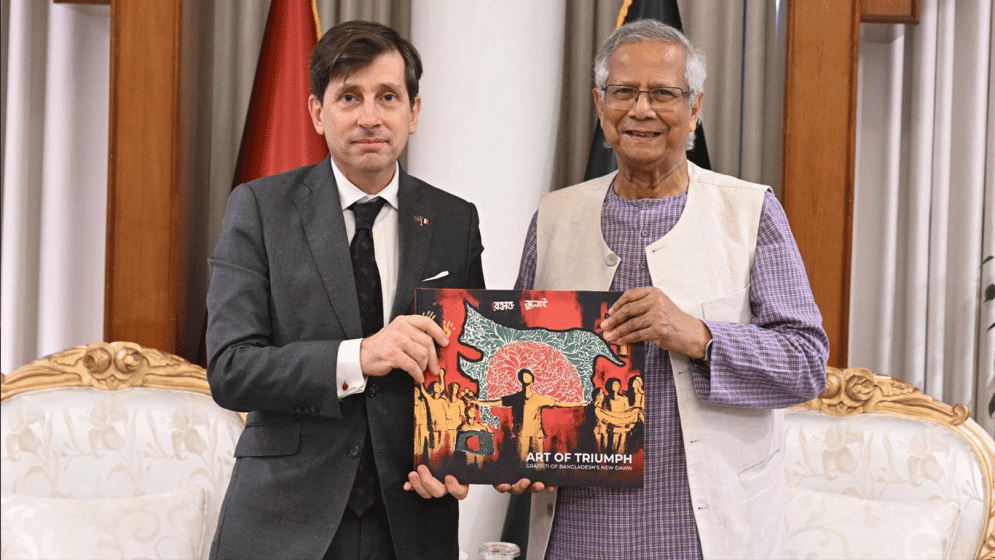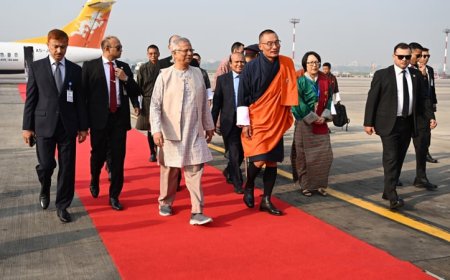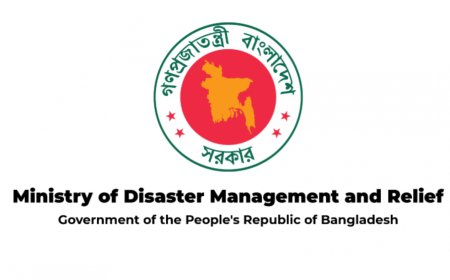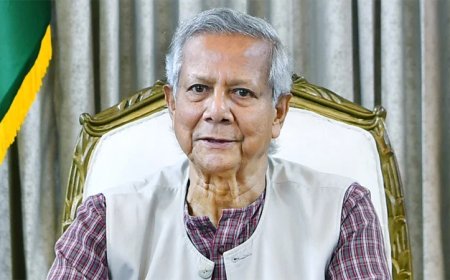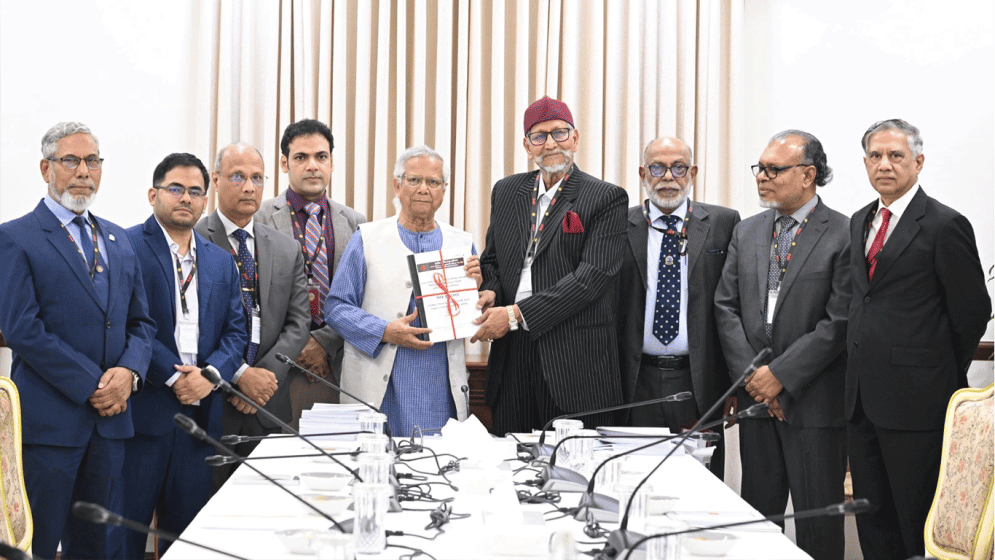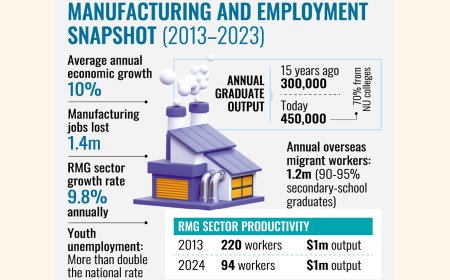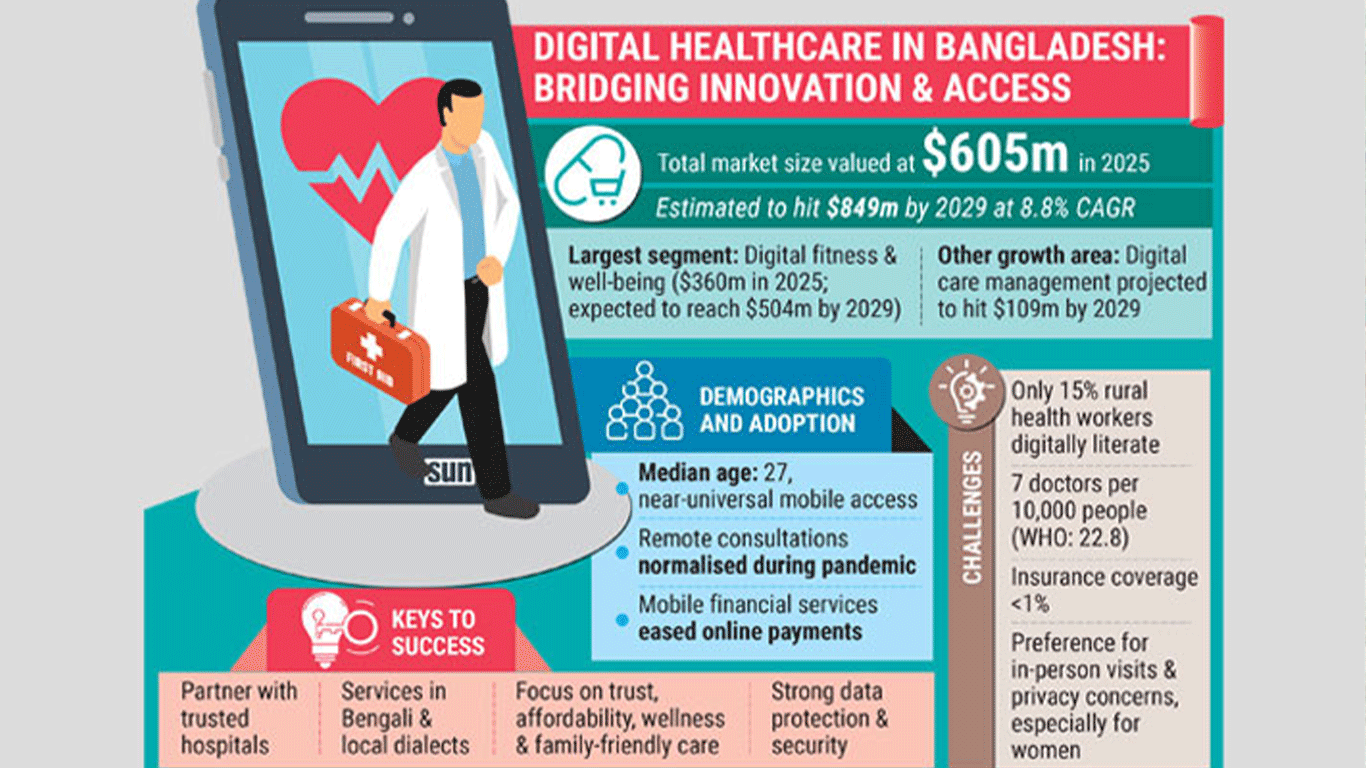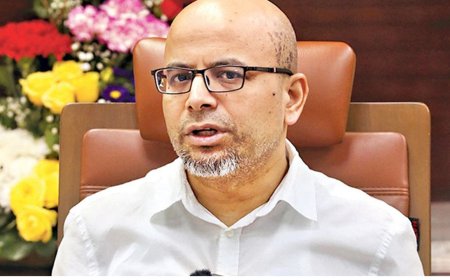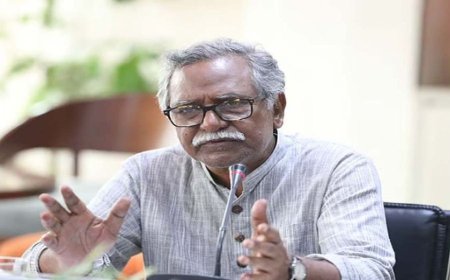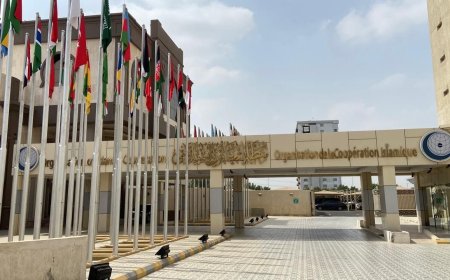UNFPA Report: 51% of Girls Married Before 18 in Bangladesh
UNFPA Report: 51% of Girls Married Before 18 in Bangladesh
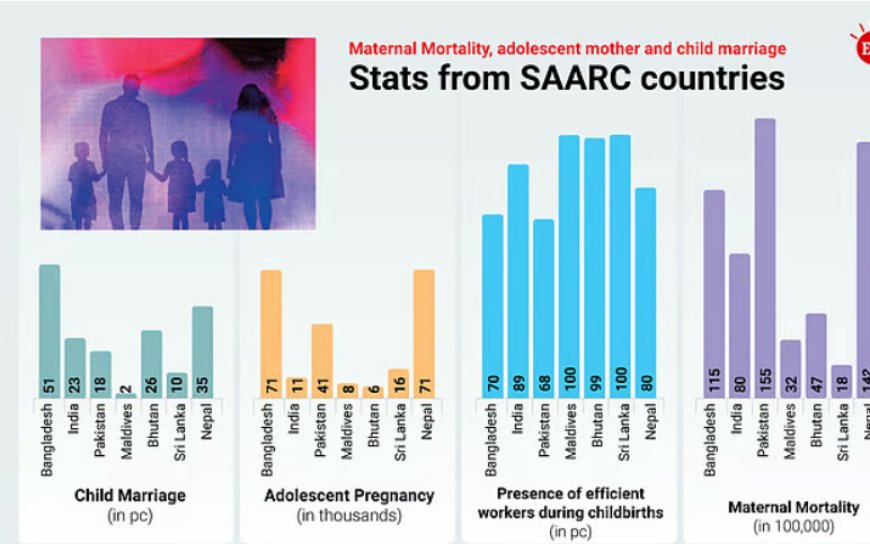
UNFPA: 51% of Bangladeshi Girls Married Before 18, Teenage Motherhood Remains Widespread
More than half of all girls in Bangladesh—51 percent—are married before the age of 18, while 71 out of every 1,000 girls aged 15 to 19 have already become mothers, according to the latest annual report from the United Nations Population Fund (UNFPA), released on Tuesday.
The findings, published as part of the World Population Prospects 2025, shed light on the continued challenges surrounding reproductive health and rights across UN member states. The report underscores that the global issue is not about whether populations are too large or too small, but whether individuals can freely make and act on their reproductive choices—a right that remains inaccessible to millions, including many in Bangladesh.
Maternal Health Concerns
The report paints a stark picture of maternal and reproductive healthcare in Bangladesh. Around 10 percent of couples are unable to access birth control when they need it, raising the likelihood of unintended pregnancies and associated health risks.
Although 70 percent of births in Bangladesh are attended by skilled health professionals, the remaining 30 percent take place without such support, often with untrained birth attendants—heightening the risk of complications.
Bangladesh’s maternal mortality rate stands at 115 deaths per 100,000 live births—alarmingly high when compared to countries where the figure is as low as one or two per 100,000.
Gender-Based Violence Still Rampant
The report also highlights the prevalence of gender-based violence, revealing that 23 percent of Bangladeshi women have experienced physical abuse by their husbands in the past year alone.
High Rates of Child Marriage and Teenage Pregnancy
Outside a few African nations, Bangladesh continues to record some of the highest rates of child marriage and adolescent pregnancies in the world. These early unions often lead to early motherhood, putting both mother and child at heightened risk of death or long-term health issues. This cycle remains largely unbroken.
A Global Model for Change
In contrast, the UNFPA report showcases a success story from the Dominican Republic. In 2013, 90 out of every 1,000 girls aged 15 to 19 were pregnant. By 2019, that number had dropped to 77, with more recent figures showing continued improvement.
This progress was driven by community-led action and strong government initiatives aimed at changing harmful social norms, expanding access to contraception, and increasing awareness of reproductive rights. UNFPA played a supporting role in these efforts.
As a result, more girls in the Dominican Republic are now completing higher education, and public attitudes around child marriage have shifted significantly—demonstrating that lasting change is possible with the right investments.
An Aging Population and New Challenges
The report also notes that Bangladesh’s population is aging rapidly. Life expectancy now stands at 74 for men and 77 for women—higher than the global average of 73. Around 7 percent of the country’s population, or approximately 12.3 million people, are over the age of 65.
This shift raises new challenges related to elder care, financial dependency, and chronic health conditions such as diabetes, heart disease, and cancer. The report suggests that Bangladesh may need to follow the lead of countries like the United States, Thailand, and Brazil in designing services tailored to the needs of an aging population.
From Population Explosion to Fertility Decline
Bangladesh has made significant progress in reducing its fertility rate—from five children per woman in the 1970s to 2.1 today, a level considered sufficient to maintain population stability. While the country once faced warnings of a “population explosion,” the global concern has now shifted to falling birth rates and the threat of population decline in many parts of the world.
Empowering the Youth is the Next Frontier
Despite demographic progress, Bangladesh now faces a critical test: ensuring that its growing youth population can contribute productively to the country’s development.
“Every year, around 2 to 2.2 million young people enter working age, but we can only provide jobs to a small fraction,” said Professor Mohammad Moinul Islam of Dhaka University’s Department of Population Sciences. “Our unemployment rate is higher than that of many neighboring countries. To truly move forward, we must invest in quality education, vocational training, and the health of our youth.”
As the UNFPA report concludes, Bangladesh has transitioned from a demographic crisis to a period of potential demographic advantage. The key now lies in converting that potential into real progress—by equipping its youth and protecting the rights and health of all its citizens.
What's Your Reaction?







